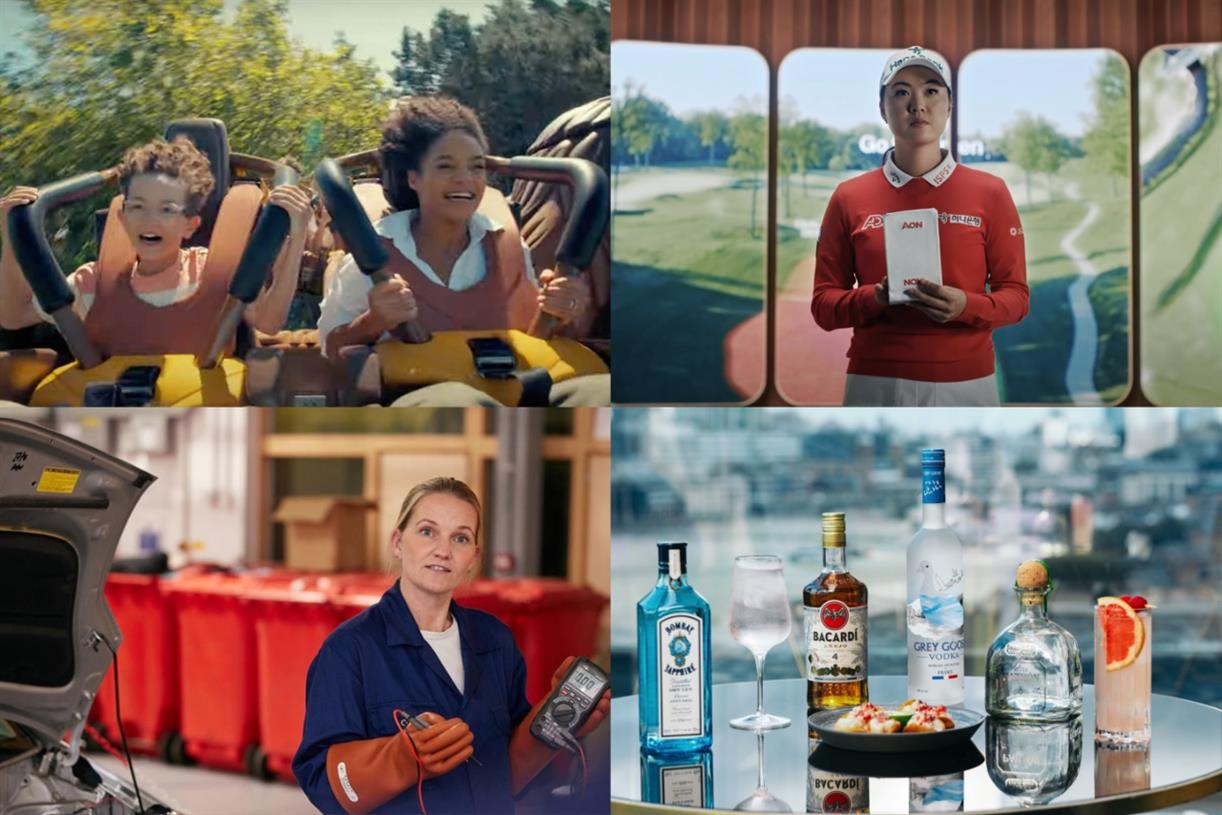Inside GM's zero-party data strategy that defies cookies to sell EVs
GM's head of performance marketing talks at Adobe Summit about clean cars and clean data.

General Motors needs another “zero” for its “zero-zero-zero” electric vehicle marketing motto: Zero crashes, zero emissions, zero congestion, and now “zero-party data.”
The Detroit automaker is investing in its customer data platform to help move drivers into EVs, and the strategy hinges on “taking our first-party data down to zero-party data,” according to Ajay Kapoor, GM’s global director of performance driven marketing.
“GM has had a tremendous amount of first-party data, on the vehicle, the individuals, households,” Kapoor told Ad Age. “Now, it’s about really driving activation, and cleaning up and pulling that [data] together … gelling that together in an enterprise data strategy.”
Zero-party data is a term of art in the marketing world, and it’s taken on added significance as brands negotiate stricter privacy rules over how they collect, use and share consumer data. First-party data is information brands collect during the normal course of business. For instance, when a person visits a website and buys a product, the brand could infer a certain amount of information from the consumer.
Brands are putting more emphasis on first- and zero-party data, and they are moving away from third-party data because it doesn’t come directly from the consumer, who could be confused about how their data gets used in those contexts. Third-party data comes from trackers and sources not directly run by brands.
Zero-party data is more direct, when the consumer states a preference and opts into using that preference for greater customization in marketing and services. For GM, this is a key distinction as it builds a more complete marketing picture of its customers, and as it deals with the transition in digital media that is moving away from cookies and third-party ad IDs. Apple has been the main driver in eliminating web trackers, and governments have cracked down on sloppy data collection practices, going after brands that don’t safeguard customer information.
GM is developing an internal clean room to manage data, to track the consent status of different pieces of data, and the preferences of consumers, according to Kapoor.
The intricacies of GM’s data and advertising strategy in many ways mimic its vehicle strategy: It wants clean data as much as it wants to promote clean vehicles. GM spent $2.7 billion on advertising in the U.S. and Canada in 2022, up 22% from 2021, making it a top 15 advertiser in the region, according to the Ad Age Datacenter.
Read more on GM: CMO Deborah Wahl leaves—behind her sudden exit
GM has been undertaking a data upgrade in recent years, in part through its relationship with Adobe, which provides cloud services such as the Adobe Experience Platform. Kapoor spoke at the Adobe Summit on Tuesday to discuss how GM uses the platform in its No. 1 marketing goal: to sell consumers on electric vehicles. To do that, GM needs a sophisticated, highly targeted ad strategy that can identify people who are open to EVs, find out where they consume media, target ads there, and then measure what campaigns were successful.
“[Adobe] allows us to really take in those [consumer] profiles, enrich and augment, and then take them to activation, right,” Kapoor said. “So, we want to be able to take that first-party data, the lead signals, and first-party cookie data from our Web SDK [software developer kit] … then provide the practical, personalized experiences on our owned-and-operated channels, website, mobile, etc.”
Adobe is just one piece of GM’s marketing and advertising kit. On Tuesday, Kapoor talked about a new “real-time” component of the marketing cloud services. The automaker can analyze consumers as they visit websites and apps, precisely the places where consumer tracking has become more difficult with the death of cookies.
“As interactions happen across channels from the GM website and mobile app, to email marketing,” said Stephen Frieder, Adobe’s chief revenue officer of enterprise by email. “It allows the automaker to understand where customers are in their journey with brands such as Cadillac.”
GM is trying to identify when a new customer walks through the website or app. When they return, GM hits them with a new message. When customers expressed interest in its Cadillac brand, “their next GM interaction surfaced tools that allowed them to build and customize a Cadillac vehicle,” Frieder said. “Each subsequent engagement follows similar logic, including customization based on actions customers took in their buying journeys.”
Programmatic advertising and personalized marketing
GM has a long road ahead to get Hummer drivers to ditch gas-powered vehicles and turn them into GMC Hummer EV enthusiasts. And it wants to do the same with other vehicle lines within its Chevy, Cadillac, Buick and GMC brands. GM sold 2.27 million vehicles in the U.S. last year, and fewer than 2% were electric.
“We’re focused on driving EV adoption as kind of this next stage of our ‘zero crashes, zero congestion, zero emissions’ vision that we have at GM,” Kapoor said. “And part of that is a focus on really taking EV adoption to the next level.”
GM is relying on programmatic advertising and personalized marketing, backed by data and customer data platforms. GM has its website where it sells merchandise, which builds direct relationships with core fans. The site also teaches visitors about EV ownership and has tools such as maps to charging stations. GM also has relationships with dealerships around the country where consumers buy vehicles. It advertises on the open web, finding customers through programmatic ads across the internet, and through direct deals with publishers, especially in TV and connected TV. And GM has vehicles that are increasingly connected. Last year, GM became one of the first brands to announce a partnership with NBCUniversal’s new clean room, a place to play with data that adheres to consumer privacy rules.
“We’ve been a really an early adopter and advocate of, call it connected TV, advanced TV capabilities,” Kapoor said.
“We’re constantly tuning our media mix to the highest impact channel,” Kapoor said. “Even in cookie deprecation, our leverage of our first-party data through clean rooms have allowed us to still be able to activate in most, if not all places. And so, we’ve seen our mix really just changes based off consumer habits and where our consumers spend time.”

 Konoly
Konoly 
































